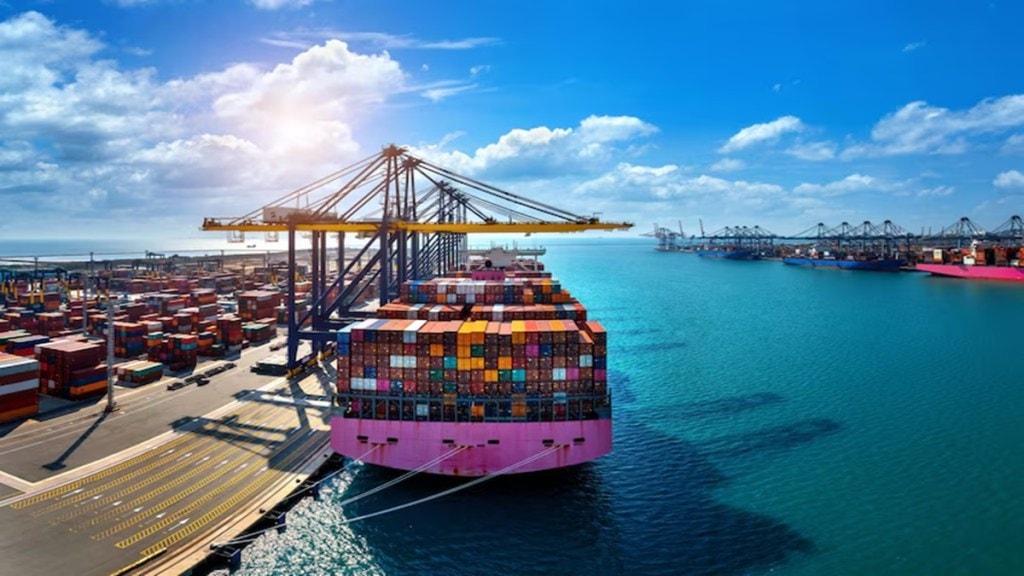At a time when adverse headwinds buffet global trade, India is intensifying its trading relationships with important developed and developing countries. However, South Asia remains a diminishing focus due to its tensions with Pakistan and Bangladesh, contrary to economic theory which states that neighbours often tend to trade more with each other. Bilateral trade with Pakistan has in any case been in deep freeze since the Pulwama terrorist attacks in 2019 and April this year in Pahalgam. The recent regime change in Bangladesh is adversarial to India’s interests and has now led to a tit-for-tat closure of land borders, which is bound to impact bilateral trade with our most important trading partner in the region. India’s restrictions have hit Bangladesh’s mainstay of readymade garment exports, among other commodities. Trucks are piling up at Petrapole, which is the largest land port in South Asia on the international border between India and Bangladesh and accounts for 30% of land-based bilateral trade. Around three-quarters of readymade garment imports into India came through Petrapole. These consignments can now reach our domestic market only through the Kolkata and Nhava Sheva ports.
Land border restrictions lead to higher logistical costs and transit time, all of which is not good news for promoting greater trade within South Asia. The region, in fact, is one of the least integrated zones with intra-regional trade of only 5% of its total trade. Not so long ago, Bangladesh has been a major beneficiary of regional connectivity initiatives that have ensured that India was better linked with its northeastern region. The northeastern region in turn was better connected to Bangladesh. The gratuitous comments of the chief advisor to the interim government in Dhaka that northeastern India was landlocked and that Bangladesh was the only guardian of the ocean for this region did not go down well with India. The land border restrictions hit $700-800 million worth of annual imports from Bangladesh, primarily of readymade garments. The movement of cargo through the shared Indo-Bangladesh waterways is also bound to be affected. So, too, will the operations of the 3,200-km luxury cruise between Varanasi in Uttar Pradesh and Dibrugarh in Assam via Bangladesh that navigates through 27 river systems in both nations
India’s trade with its neighbours is thus bound to be impacted, resulting in a further decline of South Asia’s share in its total trade which was only 2.8% last fiscal up to February. The neighbourhood first blues will also dampen its efforts to address the unfinished agenda of South Asian integration without Pakistan. The Bay of Bengal Initiative for Multi-Sectoral Technical and Economic Cooperation (BIMSTEC) might be the South Asian Association for Regional Cooperation without Pakistan. But with the chill in its relationship with Bangladesh, taking forward BIMSTEC through a free trade agreement will be relegated to the backburner. The current chair of this grouping happens to be Bangladesh and is headquartered in Dhaka. The biggest gainer from India’s tensions with Pakistan and Bangladesh is of course China which has notched up two times larger trade volumes with South Asia than India. The dragon trades more with Pakistan and Bangladesh than does India. The upshot clearly is that South Asia will further recede from India’s priorities even as it ramps up closer engagement on trade with Australia, the United Kingdom, the European Union, and the US besides West Asia, Africa, and Latin America.

